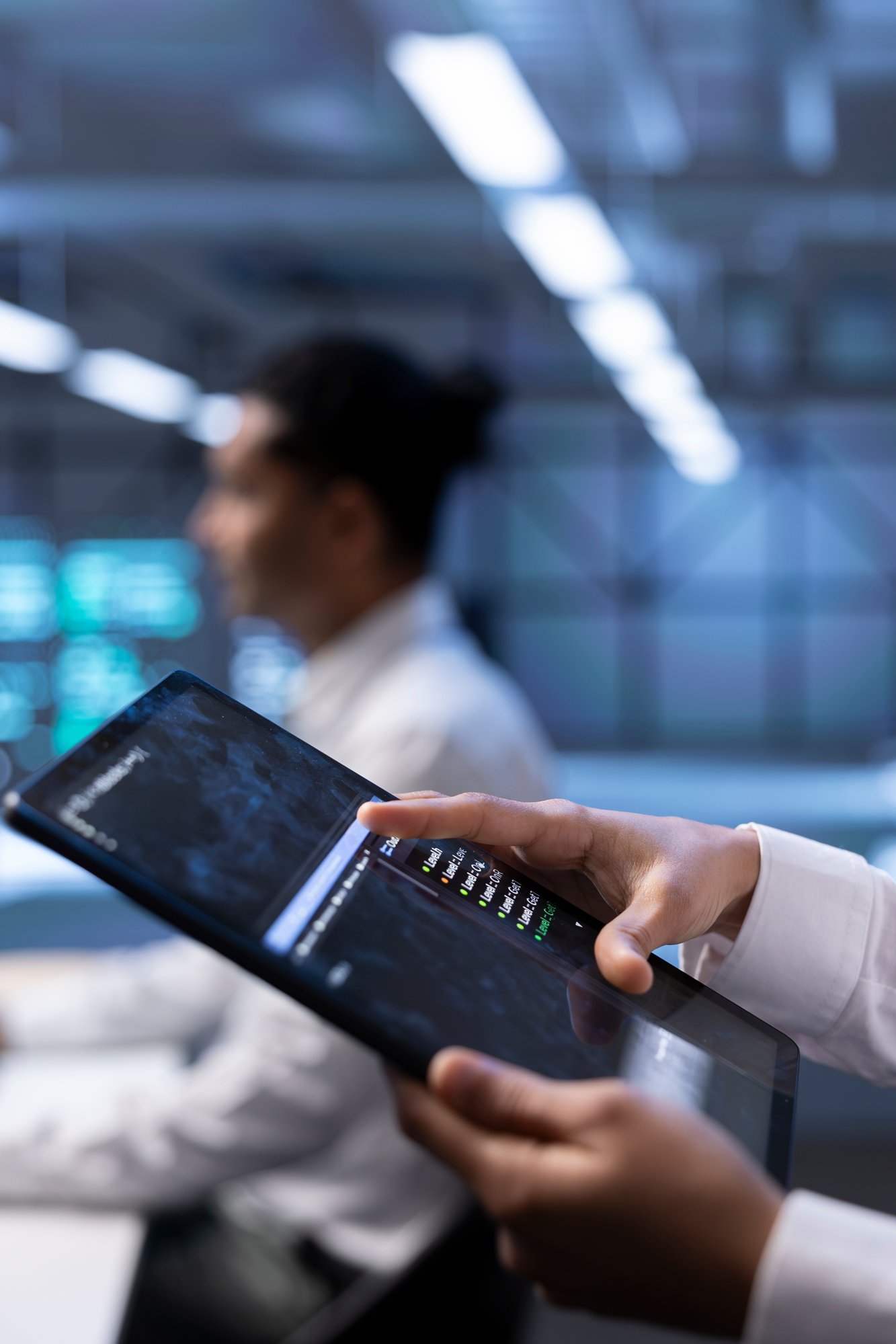Smart Buildings
Smart buildings represent the future of modern infrastructure, integrating advanced technology to optimise and enhance efficiency. Smart Buildings are equipped with cutting-edge technologies such as artificial intelligence (AI) and the Internet of Things (IoT), all working together to create an intelligent and responsive environment with live information.

Designed to monitor and enhance performance across various metrics—including safety and security, smart buildings utilise digital sensors to gather real-time data. This data is then connected with sophisticated software, offering continuous opportunities for optimisation and easy access to real-time data about your building.
Benefits of Smart Buildings
Automation and integration with other systems
Integration and connection with systems within a building make automation a reality for building owners, managers and occupants. This can have significant ramifications for building managers and facilities management teams, as automating simple and repetitive processes can save them time and allow them to focus on higher-priority tasks and objectives. When these automated processes are based on data, they also reduce the risk of human error.
Predictive maintenance and real-time monitoring
Smart technologies can continuously monitor and collect data from each system within a building. They can also use sensors to identify potential weaknesses or faults, helping to improve maintenance and ensure any problems are dealt with quickly and at a far lower cost.
Golden Thread of Information
A key feature of smart buildings is the establishment of a Golden Thread of Information, a seamless flow of accurate, real-time data throughout the building’s lifecycle. This ensures that all stakeholders, from designers and builders to facility managers and occupants, have access to the most up-to-date and reliable information. The Golden Thread enhances decision-making, supports compliance with safety regulations, and promotes transparency, ensuring that every aspect of the building’s performance is continuously monitored, managed, and optimised.
Real-time insights and analysis
Continuous monitoring and collection of real-time data also provides useful information and actionable insights for building managers or occupants to help them make informed decisions.
Enhanced security
Another important aspect of a building is its physical security. Smart building design can utilise IoT technologies like security cameras and sensors and integrate with control and security systems to detect potential intruders or threats. A facility manager can be alerted to any activity and, through the use of automation, be able to respond quickly and promptly.



